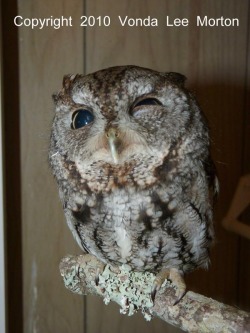



After our harsher than usual winter, it’s nice to see the weather starting to warm up and hear the birds in full chorus as they compete for mates, nesting sites and food. If you haven’t done so already, now’s a good time to begin keeping your hummingbird feeders full, as these adorably aggressive little birds need the supplemental food until more flowers, etc., are blooming.



 RSS Feed
RSS Feed
